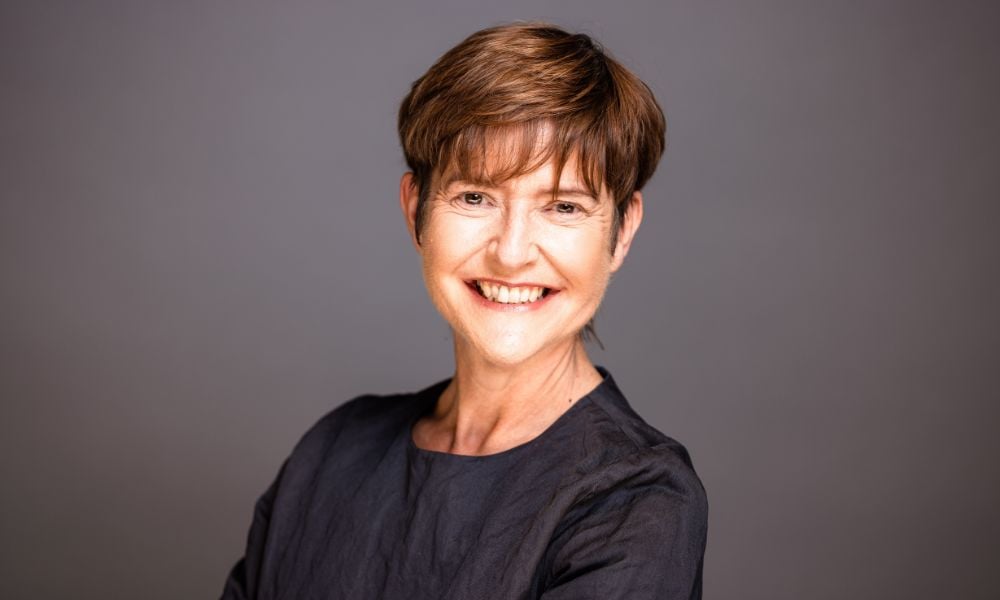
Linesight Chief People Officer shares tips on promoting DEI in unbalanced industries

This article is provided by Linesight.
Most companies have diversity initiatives in place. Some of these are tied to recently adopted ESG policies, while others have been around for decades. But despite efforts to create a workforce that represents the world at large, the reality is that many industries are heavily skewed toward certain demographics. And while recent trends have seen employees show more willingness to leave sub-optimal working conditions, underrepresented employees who feel marginalized and outnumbered have just one more reason to seek greener pastures.
Most workplaces sincerely want to promote diversity but have trouble retaining employees from outside their usual demographic. The truth is, employees are willing to leave an unsatisfying job, but those who already come up with the implicit disadvantage of being outside the majority will feel less attachment to their position. Organizations must dig deeper to retain talent, and when it comes to retaining underrepresented talent, it starts with implementing the right policies to go beyond simply hiring from outside the dominant group.
Conversations around diversity are often framed around recruitment, but it is equally important to keep and promote people from various backgrounds. The only way to make that happen is to create policies that allow everyone to feel included and create a culture where people are promoted and trained equitably. All too often, we hear stories of people leaving companies after a few years because they simply don’t feel that they are getting a fair shot, which is why organizations need to create policies that foster equality and ensure that no one is left behind or marginalized.
Just as important as having HR protocols in place is making them part of the internal and external brand. In my industry, construction, women are clearly underrepresented across the board. Companies that are successfully helping dismantle the glass ceiling not only have strong internal policies in place, but they make it part of their culture and their identity. That’s because it’s important for people to know that the organizations they work for are truly committed to diversity beyond simply having DEI goals on the recruiting front. Companies need to tailor their branding to be attractive to the groups that they are trying to attract and promote.
So, what kinds of policies make a real difference? Diversity policies aren’t enough to drive diversity in the workplace. Instead, what matters are protocols on how companies manage all aspects of the employee lifecycle: hiring, development opportunities and promotion, equitable policies, and easily accessible information.
At first glance, this might not seem related to diversity, but fair promotion paths ensure that companies treat everyone equally and are building a culture of fairness. Other policies can also make companies more attractive for certain communities and demographics. For example, longer parental leave times tend to benefit women, so by offering extended breaks for new parents, organizations can demonstrate their commitment to diversity and improve their ability to retain employees.
Unfortunately, it’s very easy for diversity efforts to fail. That’s because whoever is driving the strategy needs to understand the competitive advantage that diversity creates. Even someone who fundamentally believes in diversity, inclusiveness, and equity may never quite manage to make the critical link to the competitive business case. That’s why diversity needs to be driven by a business leader who understands the entire organization rather than a human resources executive or someone who is simply passionate about DE&I but who doesn't take part in strategic decision making. It really comes down to CEOs believing their business will do better and succeed if they get diversity and inclusion right.
Of course, diversity starts with hiring, and industries that are serious about diversity need to implement programs to attract a broader range of people at the “top of the funnel” as early as possible. In fact, this is already happening in the construction industry, which is a very male-dominated field. An amazing program called Let’s Build Construction Camp for Girls focuses on getting teen girls interested in the building trades, and it is backed by some of the biggest players in the industry. Today’s campers are tomorrow’s construction management professionals.
One of the biggest roadblocks is the ubiquitous glass ceiling that sees women and other groups plateau before reaching the top echelons of their chosen fields, and nowhere is this more apparent than in architecture. According to the American Institute of Architects (AIA), only 18% of the industry management level are women even though half of architecture school graduates are female. The San Francisco chapter of the AIA put a committee together called “The Missing 32%” to uncover the roots of this problem, which led to the creation of the groundbreaking Equity by Design [EQxD].
EQxD doesn’t just look at hiring and training issues, but rather addresses “the complex conditions and issues we face that will impact our collective well-being: climate uncertainty that affects access to environmental and spatial resources; compounding gaps in social and economic inequality that amplify health and wellness risks that can negatively impact our communities, especially for those among us who are most at risk and under-served.”
When it comes to diversity, we need to change our approach. Simply creating hiring targets is not enough to create true equity and fairness in any industry. Instead, it requires a change in mindset, on delivering policies that enable progress, and on building specific programs while at the same time knocking down barriers to make it as seamless as possible for anyone to enter and remain in their chosen field.
Anne Rush, chief people officer at Linesight, is leading the way in shifting the perspective of the construction and professional services sector, to one that is more inclusive and open to diversity.